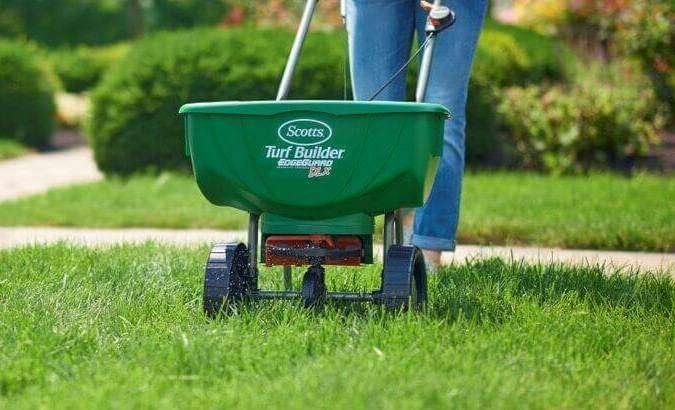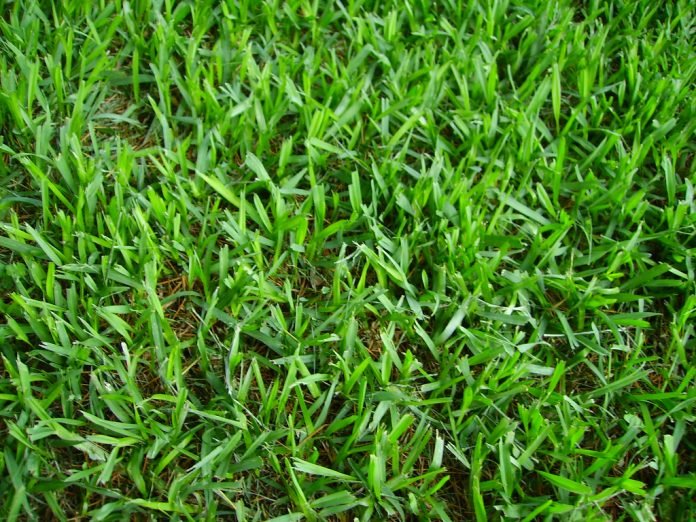What is a Micro-Irrigation System? How Does It Work?

Micro-irrigation systems have revolutionized the way we manage water resources in agriculture and horticulture. These systems offer an efficient and sustainable solution for delivering water directly to the root zone of plants, minimizing water wastage and increasing crop yields. In this article, we will explore what is a micro-irrigation system and how it works.
What is a Micro-Irrigation System?
Micro-irrigation, often referred to as trickle or drip irrigation, is a method of delivering precise amounts of water directly to the root zone of plants. Unlike traditional surface irrigation methods that flood fields, micro-irrigation systems provide a controlled and targeted approach to watering crops. These systems are highly efficient, conserving water, reducing labor costs, and promoting healthier plant growth.
How Does It Work?
- Water Source and Filtration: Micro-irrigation systems begin with a water source, typically a well, pond, or municipal supply. It’s crucial to filter the water before it enters the system to prevent clogging of the small water passages in the tubing and emitters. A filter, often equipped with a mesh or screen, removes debris, sediment, and other impurities from the water.
- Pumping Station: In many cases, a pumping station is necessary to pressurize the water for distribution through the system. The pressure ensures that water flows consistently and reaches all parts of the irrigation network.
- Main Supply Line: The main supply line is a network of pipes that carries the pressurized water from the pumping station to the various areas of the field or garden. This line is typically made of PVC or polyethylene.
- Sub-Main Lines: Sub-main lines branch off the main supply line and distribute water to different sections of the field or garden. These lines may also incorporate valves and pressure regulators to control the water flow and pressure at each zone.
- Distribution Tubing: The distribution tubing, usually made of polyethylene or vinyl, runs along the rows of plants or crops. It carries water to individual plants.
- Emitters: The heart of the micro-irrigation system is the emitters, which deliver water to the root zone of plants in a controlled and consistent manner. Emitters can be of various types, including drip emitters, micro-sprayers, or soaker hoses. They are strategically placed near the plants, and the rate of water discharge can be adjusted to match the specific water needs of each crop.
- Monitoring and Control: Micro-irrigation systems can be manually controlled or automated using various technologies. Automated systems can be programmed to turn on and off at specific times or when certain conditions are met, such as soil moisture levels. Additionally, sensors can be employed to monitor soil moisture, weather conditions, and other factors, allowing for real-time adjustments to optimize water use.
Benefits of Micro-Irrigation Systems
This method of automatic watering saves water and fertilizer by allowing the water to drip slowly to the roots of plants, either onto the soil surface or directly onto the root zone, through a network of valves, pipes, tubing, and emitters.
- Water Efficiency: Micro-irrigation systems minimize water wastage by delivering water directly to the root zone, reducing evaporation and runoff.
- Increased Crop Yields: Because plants receive a consistent and precise supply of water, they are less stressed and can achieve higher yields.
- Reduced Labor Costs: These systems require less labor for irrigation, as they can be automated and require minimal maintenance.
- Improved Plant Health: Water is delivered to the root zone, reducing the risk of foliage diseases caused by wet leaves and stems.
- Environmental Benefits: Micro-irrigation reduces the environmental impact of agriculture by conserving water and reducing the need for chemical inputs.
In this video UF/IFAS Florida Extension agent Jane Morse will teach you the ins and outs of micro-irrigation. A micro-irrigation system is a drip irrigation garden watering system.
Conclusion
Micro-irrigation systems are a vital tool in modern agriculture and horticulture. They provide a sustainable and efficient method for delivering water to crops, ultimately leading to increased yields and reduced water usage. By precisely targeting the root zones of plants, micro-irrigation contributes to both economic and environmental sustainability in the agriculture industry.







